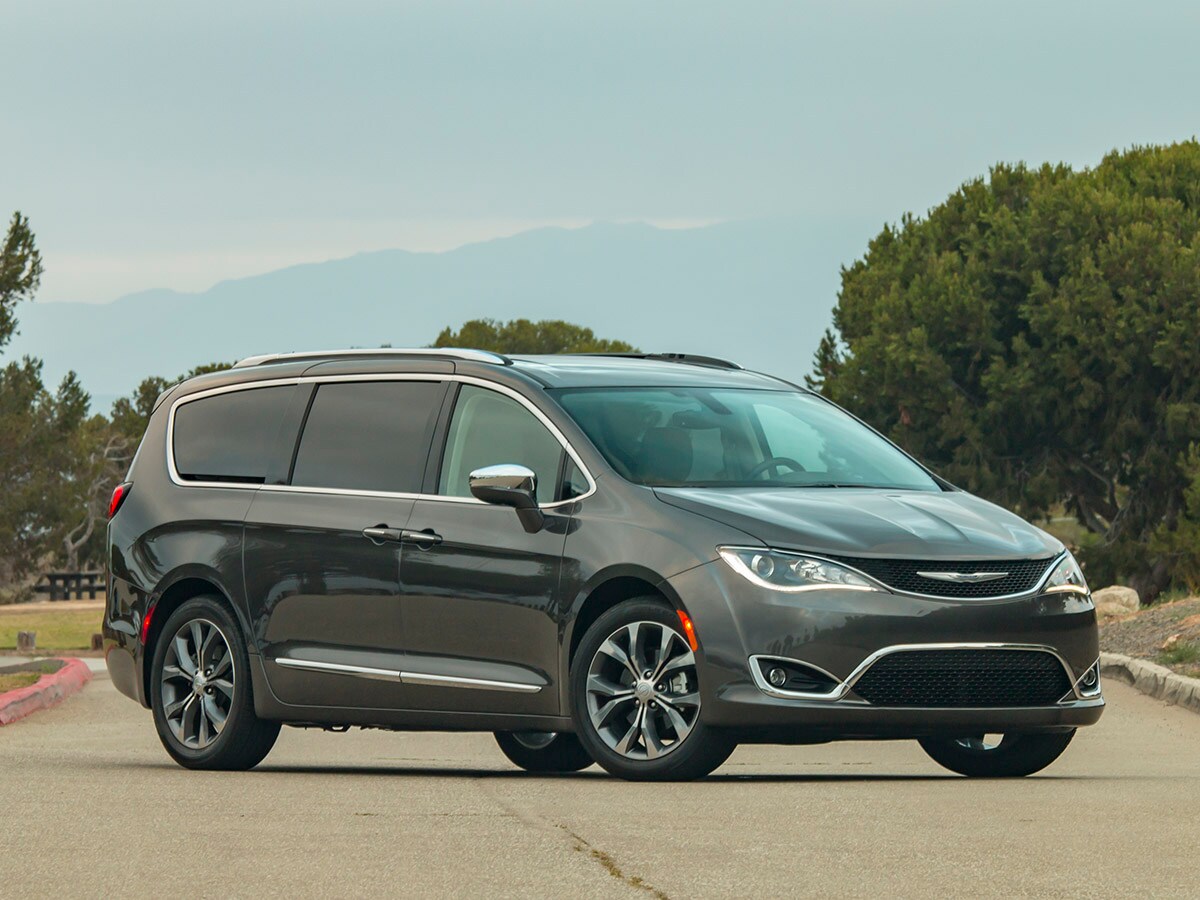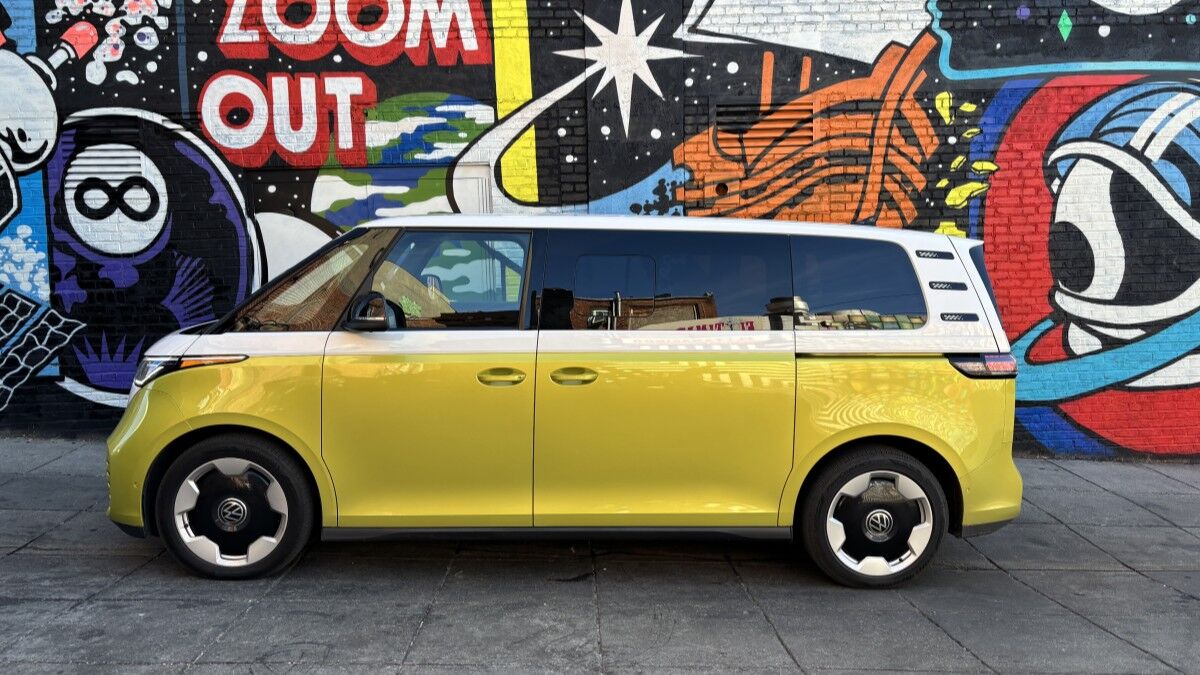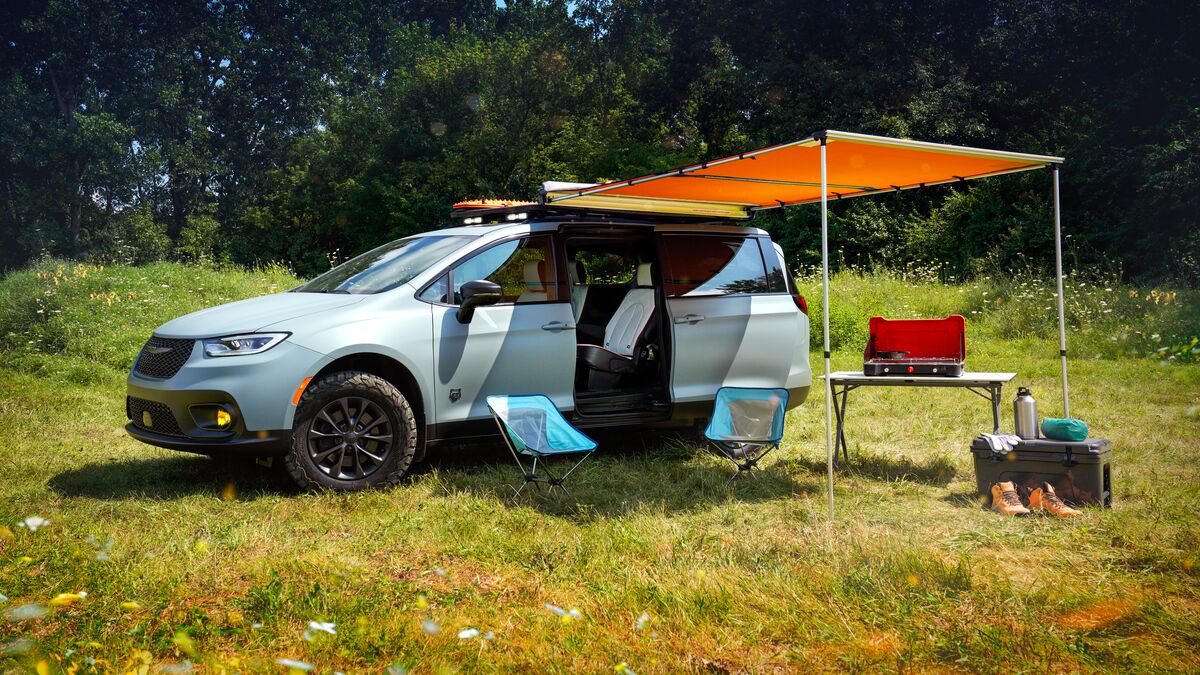
Rising new car prices may be changing traditional views on what constitutes affordability as buyers embrace longer loans and leasing as a way to get into the vehicle of their dreams. At least that’s the conclusion that could be drawn when looking at Bankrate.com’s recent article on new car affordability where they cross tab the average income in 50 cities with Kelley Blue Book’s average transaction price.
The study applied the formula of 20 percent down on a 4-year loan with a monthly payment of 10 percent income (the so-called 20/4/10 rule). It found that the closest city to the KBB ATP of $33,865 at the time of the survey was San Jose, where a median income of $87,210 would net an affordable price of $32,855. In other words, using that traditional 20/4/10 rule, new cars simply are not affordable at current income levels.
However, the industry has been selling new vehicles at record rates, topping 17 million units last year. How do people manage? For one, leasing is at an all-time high, topping the 30 percent mark for the first time this year. Second, the middle number in the formula (a 4-year or 48-month loan) seems a bit outdated. The norm is now 5-year or 60-month loans, with longer terms of 72 and 84 months not unusual. Experian reports that the average new vehicle loan in the first quarter is 68 months, while loans averaging between 73 and 84 months now comprise nearly a third of all new car financing. Cars may be more expensive, but people are figuring out ways to keep their monthly payments in check by either leasing the car, (for more about that, click here to reach Kelley Blue Book’s Leasing Central), or extending loan terms to new lengths.
The other two factors in the rule, the 20-percent down and 10-percent of income for monthlies, are also changing. Buyers may in fact be putting less down on their cars and also are willing to spend more than 10 percent of their monthly income on car payments. While incomes may be high in San Jose, buyers there may actually have a harder time affording a new car when they are struggling with expensive housing, while at the opposite may be true at the other end of the spectrum in Detroit. In Bankrate’s study, that city has a median income of $25,769, which translates to an affordable new car price of just $6,174. But in reality, low housing prices there compared to the rest of the country may free up more income buyers can use towards acquiring a more expensive car than the study indicates.
Transaction prices show continued strength
While not as high as they were when the Bankrate survey was taken, the ATP in June stood at $33,652, up two percent over year-earlier levels and rising $31 over the May number. The year-over-year increase amounted to $655.
“It is no surprise that strength in trucks and SUVs continues to drive up average transaction prices and helps brands with models in these segments,” said Tim Fleming, analyst for Kelley Blue book. “In particular, mid-size trucks stand out as one of the strongest segments with prices up nearly 9 percent in June 2016. With full-size trucks now averaging $47,000, a large gap still exists to the segment’s mid-size counterparts, which sit closer to $32,000.”
Among the makers seeing large gains in transaction prices is Fiat Chrysler Automobiles, which logged a 9-percent increase on the Chrysler brand largely on the strength of its new 2017 Chrysler Pacifica Minivan. Ford posted a 4-percent increase on average transaction price, which is attributed to strong F-150 pickup sales and higher pricing on the Explorer. GM was up 4 percent overall, helped by Cadillac’s ATS-V and CTS-V models as well as the XT5, which is selling for 10-percent more on average than the SRX it replaces. Chevy saw gains on Silverado, Malibu and Equinox.
Also: Class of 2017 – New Cars Ready to Roll
Lincoln stirs
Ford’s efforts to reinvigorate its luxury Lincoln brand are beginning to pay off with solid growth in U.S. sales as well as in China. Though the numbers are small, the first half results in the Chinese market of 12,449 vehicles represents a 190-percent increase over last year. For the first six months, Lincoln has sold more vehicles in that country than it did in all of 2015. Back home, Lincoln sales are up 13 percent over year-earlier levels in a segment where sales are actually down 2 percent. The big gainer is the refreshed 2016 MKX crossover SUV, which is up 27 percent.
In addition to boosting sales, Lincoln also announced standard pickup and delivery service for all 2017 model year Lincolns starting with the 2017 Lincoln Continental. Begun as a pilot program in 2015, the service will schedule pickup and delivery of the vehicle at the customer’s specified location for maintenance and repairs.
Part of Lincoln’s success may also be due to its greater visibility through its ad campaign featuring actor Matthew McConaughey. According to Advertising Age, Lincoln is the second highest ad spender based on number of vehicles sold. Its measured media amounted to $2,550 per unit. Only Jaguar, at $3,325 per car, was higher.
EVs Languish
Even though sales of the 2016 Chevrolet Volt are up 79-percent over last year and 373,000 intenders plunked down $1,000 reservations on the upcoming Tesla Model 3, sales of pure electrics, plug-in hybrids and conventional hybrids continue to lag, down some 21 percent in the first half of the year. According to Automotive News, alternative vehicles average fewer than 4,800 sales per month in a market that is averaging 1.4 million transactions per month.
Certainly low gas prices have played a large role in the lack of interest in EVs and hybrids. The U.S. Energy Information Administration is reporting a national average of $2.32 per gallon for regular and is projecting an average price of $2.27 per gallon through 2017. While some attribute range anxiety as one of the reasons why pure EVs are not taking off, a new generation of more affordable 200-mile plus models will soon be hitting the market in the form of the Chevrolet Bolt, Tesla Model 3 and Nissan Leaf. The argument may move on from range anxiety to recharge anxiety. In other words, more EVs will need more recharging stations and not all are compatible. In the months ahead, look for more work on the needed infrastructure and perhaps higher incentives on existing alternative vehicles as manufacturers push for wider acceptance of EVs and hybrids to meet emission and fuel economy standards.
The rundown
A minor facelift coupled with chassis and drivetrain improvements give a new edge to the 2017 Subaru BRZ. Read our First Review here.
If you’re in the market for a compact sedan, there’s much to choose from. KBB’s Compact Sedan Comparison sorts things out by pitting the 2016 Honda Civic against the 2017 Hyundai Elantra, 2016 Nissan Sentra and 2016 Chevrolet Cruze.
Work is underway on the eighth-generation Rolls-Royce Phantom. The British luxury car maker released a teaser image and details on the new sedan that’s expected in 2018.
In the market for a new car? Explore these useful tips on how to get the best deal:
Kelley Blue Books Complete Guide to Incentives
Which dealer services are right for you?
What to look for in your next economy car







